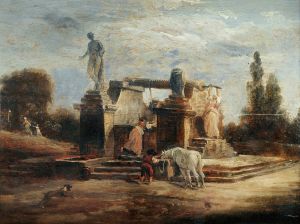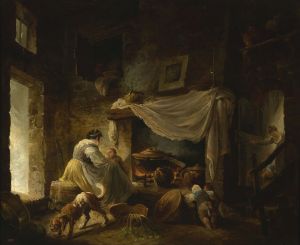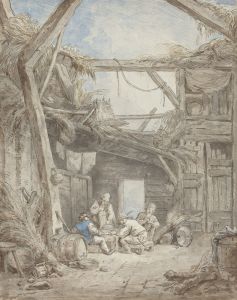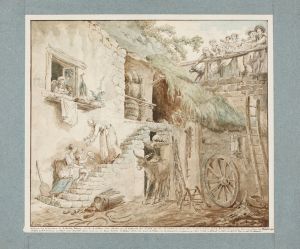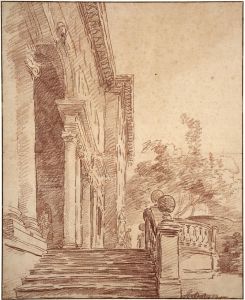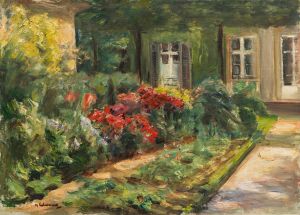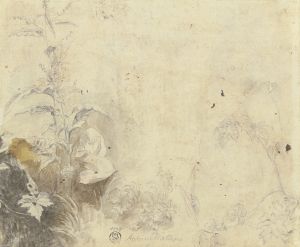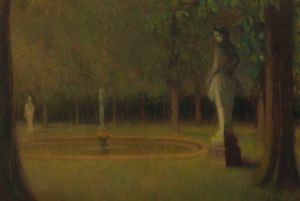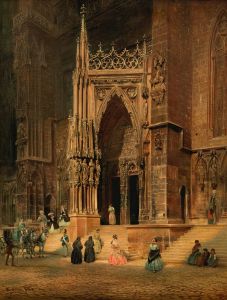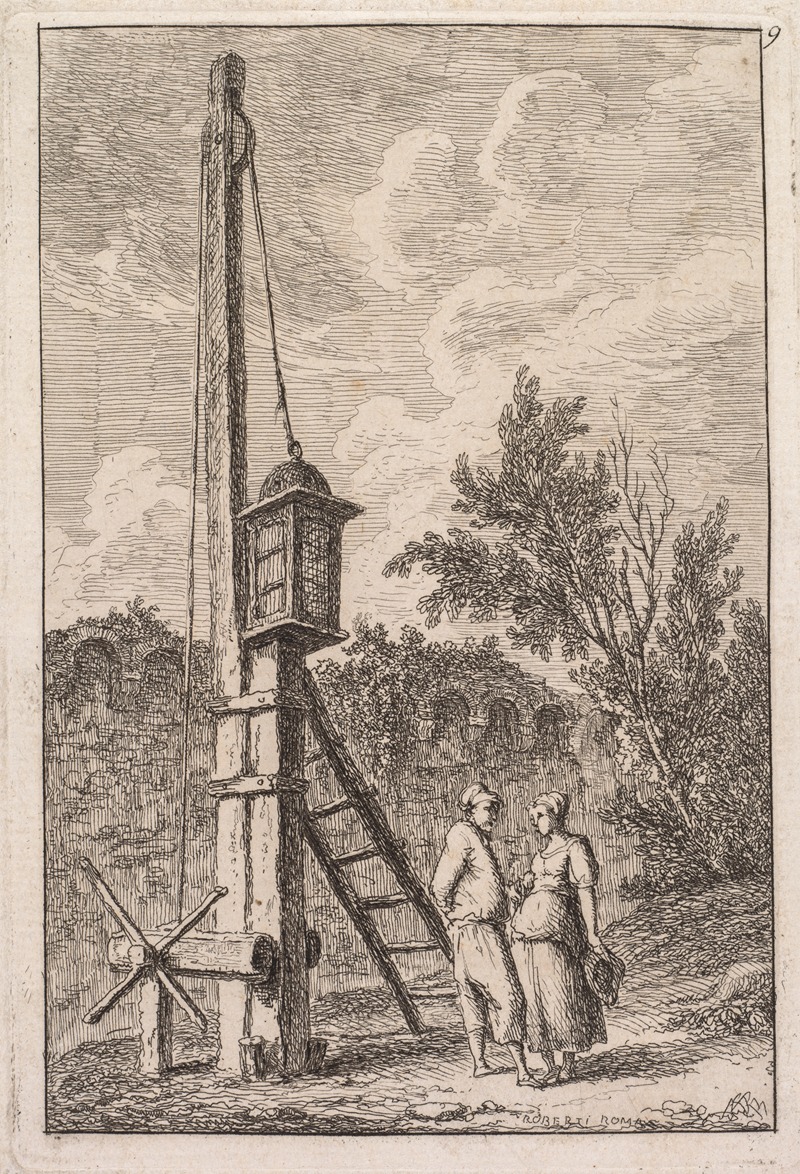
Le Poteau
A hand-painted replica of Hubert Robert’s masterpiece Le Poteau, meticulously crafted by professional artists to capture the true essence of the original. Each piece is created with museum-quality canvas and rare mineral pigments, carefully painted by experienced artists with delicate brushstrokes and rich, layered colors to perfectly recreate the texture of the original artwork. Unlike machine-printed reproductions, this hand-painted version brings the painting to life, infused with the artist’s emotions and skill in every stroke. Whether for personal collection or home decoration, it instantly elevates the artistic atmosphere of any space.
Le Poteau is a painting by the French artist Hubert Robert, who was renowned for his landscape and architectural paintings during the 18th century. Born in Paris in 1733, Robert became one of the most celebrated painters of his time, earning the nickname "Robert des Ruines" due to his fascination with depicting ruins and classical architecture.
Le Poteau, which translates to "The Post" in English, is a work that exemplifies Robert's skill in capturing the interplay between human-made structures and the natural environment. Although specific details about the painting's creation date and its current location are not widely documented, it is consistent with Robert's broader oeuvre, which often featured romanticized views of ancient ruins, pastoral scenes, and grand architectural compositions.
Hubert Robert's artistic journey began with his studies at the French Academy in Rome, where he was deeply influenced by the ruins of ancient Rome and the works of Italian masters. This period in Italy profoundly shaped his artistic vision, leading him to create paintings that combined elements of classical antiquity with a sense of poetic decay. His works often evoke a sense of nostalgia and contemplation, inviting viewers to reflect on the passage of time and the transient nature of human achievements.
Le Poteau likely fits within this thematic framework, showcasing Robert's ability to blend architectural elements with lush, natural landscapes. His use of light and shadow, along with his meticulous attention to detail, creates a harmonious balance between the built environment and the surrounding nature. This approach not only highlights the beauty of the structures themselves but also emphasizes their integration into the broader landscape.
Throughout his career, Hubert Robert held several prestigious positions, including being appointed as the "Dessinateur des Jardins du Roi" (Designer of the King's Gardens) by King Louis XVI. In this role, he contributed to the design and decoration of various royal gardens, further cementing his reputation as a master of landscape and architectural painting.
Robert's works were highly sought after during his lifetime, and he enjoyed considerable success and recognition. His paintings were exhibited at the Salon, the official art exhibition of the Académie des Beaux-Arts in Paris, where they garnered praise from critics and patrons alike. Despite the turmoil of the French Revolution, Robert continued to produce art, adapting to the changing political landscape while maintaining his distinctive style.
In summary, Le Poteau by Hubert Robert is a testament to the artist's enduring fascination with the interplay between architecture and nature. While specific details about the painting may be scarce, it undoubtedly reflects Robert's broader artistic vision and his ability to capture the beauty and impermanence of human creations within the natural world.






